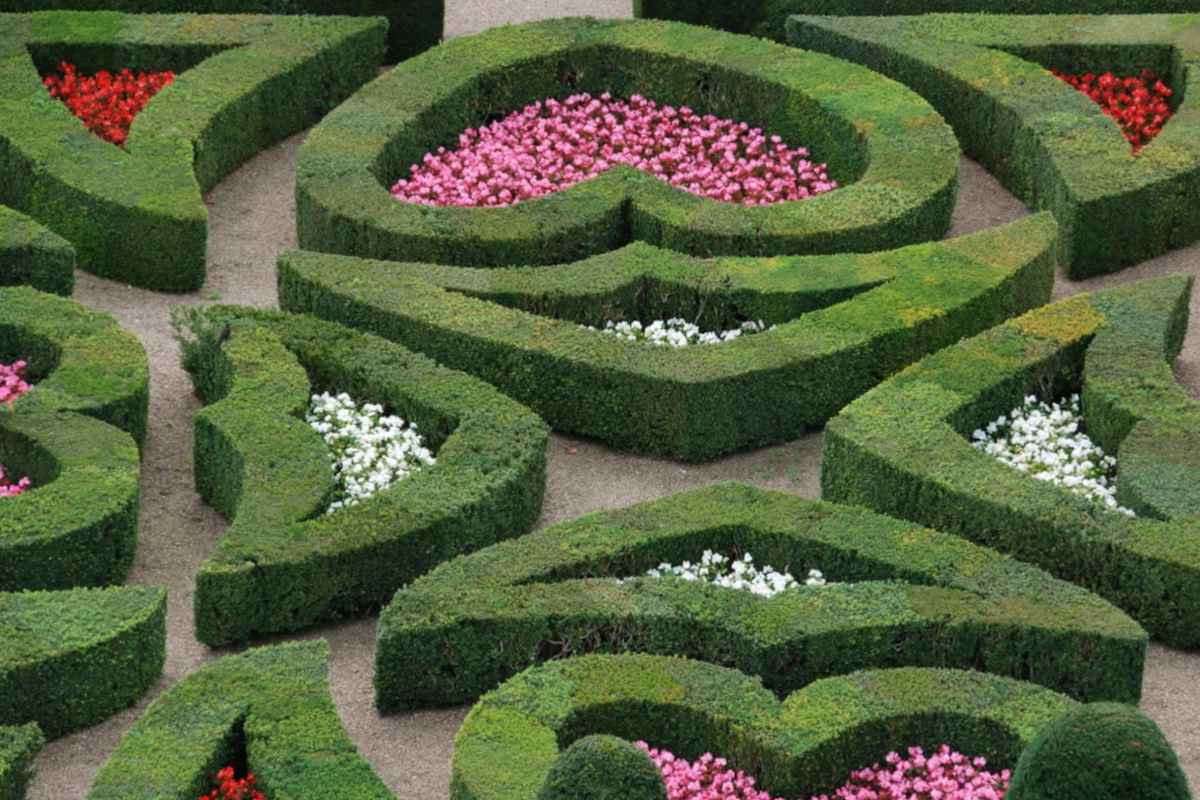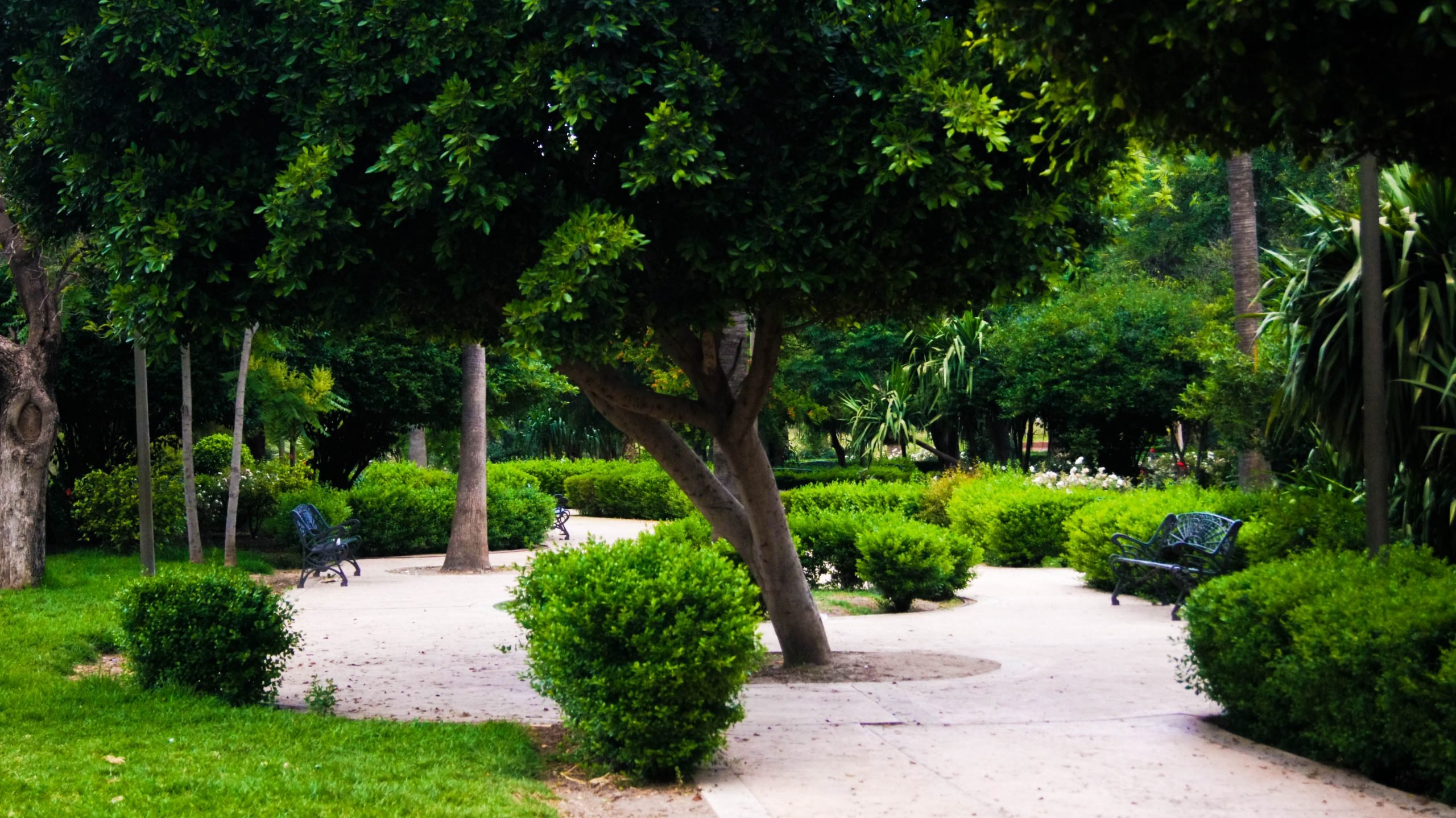7 Simple Stages to Build A Stunning Alpine Garden From Scratch
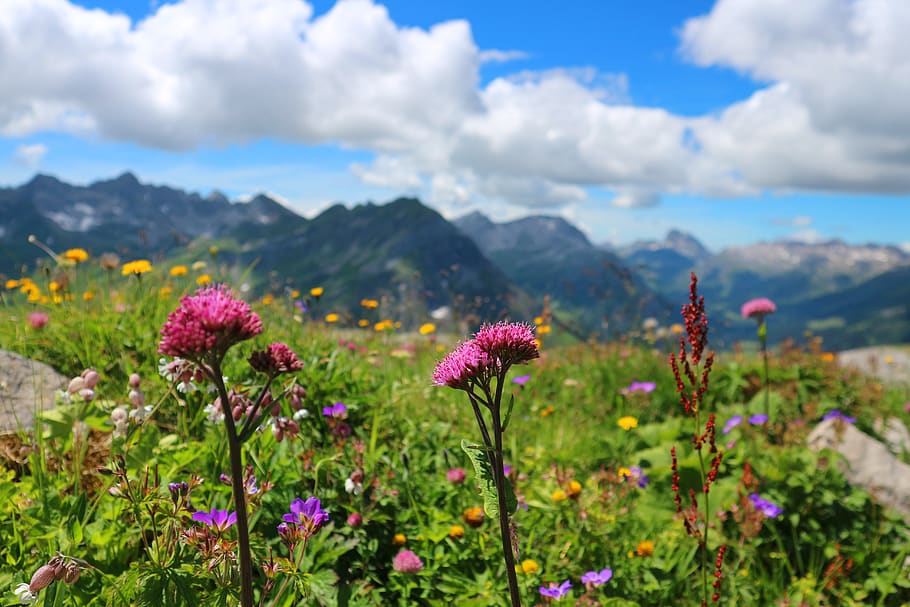
Table of Contents
Do you want to create an Alpine Garden? No wonder! You want to initiate a one-of-a-kind and visually appealing environment in your outdoor space.
Alpine Gardens are ideal for garden enthusiasts who want a garden that requires little upkeep but has a huge impact. This blog will guide you through the eight stages of making your alpine garden, even if you’re new to gardening or an old veteran.
You will learn everything vital to creating a beautiful and flourishing alpine garden, from deciding on the ideal location to opting for the perfect plants and soil, from sustaining your alpine space to designing it.
So let’s get going and transform your backyard into a showcase for the jaw-dropping splendour of the Alps!
Alpine Garden: An Epitome of Natural Beauty
The distinct natural beauty and easy-to-care-for need make an alpine garden a great choice for your yard. Here are some of the benefits of establishing an alpine garden
Alpine plants are well-suited to harsh environments and demand minimal attention to thrive.
- They present an eye-catching contrast to traditional garden landscapes.
- Thanks to their broad array of plant varieties, you can customise your garden to your style and local climate.
- You can create a pleasant environment with reduced temperatures and more moisture in your yard by planting an alpine garden.
- They will be a home for bees and a variety of birds and butterflies.
- Alpine Garden may increase the worth of your house and add a distinguishing feature if you ever decide to sell it.
- As a whole, an alpine garden is an excellent choice for you and other garden owners looking for an idyllic natural setting with minimal upkeep.
Now that you understand the significance of an alpine garden let’s get to work on the garden project!
Stage 1: Making Plans for Your Alpine Garden
Before you start planting, you must consider a few vital things. Begin by deciding on the most appropriate size and shape of the area for your alpine plants. Choose plants that complement your style while taking the climate and soil type into account. Moreover, be familiar with varieties of alpine flora. Hardiness Zones 3 to 5 are home to the majority of alpine plants.
For regular upkeep and care of your alpine plants, ensure you have an outlet to water them.
Native Place of Alpine Plants
The idea of cultivating a special kind of garden known as an “alpine garden” is to mimic the climatic conditions that naturally occur at high altitudes worldwide, including the Alps, Caucasus Range, Pyrenees, and the Rocky Mountains.
These plants have evolved to withstand the extreme hardships in upper mountainous areas, including drying winds, freezing temperatures, and dry climates.
A perfect setting for an Alpine Garden
Since alpine plants thrive in hilly environments with lots of exposure, sharp wind, and a lesser amount of moisture compared to your outdoor space, keep this in mind when deciding where to place an alpine garden.
An area that is open and not covered by any buildings or vegetation is, therefore, the ideal location to create an alpine garden.
Area to grow
You may conclude that your yard is not very big or that alpine gardens will take up much of your outdoor space. No cause for concern! You can create space for alpine flowers in a smaller spot, too.
Although they might completely cover your garden, they can thrive in a small feed box or a flower pot. Garden beds are another good choice. By the way, when choosing your rocks, take the size of the container into account.
Alpine Garden Rocks
Create a rock garden and include boulders and rocks of different shapes and sizes. You can set up the rocks upwards and tightly together to create a confined growing space, uniquely showcasing alpines.
Stage 2: Prepare the Soil for The Alpine Garden
Gritty, well-draining soil is the ideal kind for alpine plants. Since most alpines are accustomed to dry, rocky environments, they dislike heavy, persistently damp soil, particularly in the winter. Conversely, they can thrive with little nutrition and in shallow, barren, well-draining soil.
Follow these steps to get the soil ready for your alpine garden:
- Select a place that is open to the sky, sunny, and has well-drained soil.
- Most varieties of alpine plants prefer neutral or mildly alkaline soil. Well-drained soil or compost is essential during their plantation.
- To improve drainage, prepare the compost by mixing plenty of horticultural grit or coarse sand when planting in alpine troughs.
- The soil for an alpine trough― a long shallow vessel― should comprise one-third organic material and two-thirds inorganic. The plants will rot if the soil has too much organic matter because it is too rich for them.
- Choose rocks that are appropriate for your tough’s size. Because troughs last from year to year, choose hardy plants.
- To mimic their native home, consider the soil’s drainage capacity of your chosen location. For example, dig the 10 cm of topsoil and cover it with a 5 cm layer of grit when planting a bed because alpine plants require good drainage.
- Prepare the soil for your alpine rock garden, gravel garden, and terraced gardens in the same way.
Stage 3: Choosing Alpine Flora for an Alpine Garden
Make sure to choose alpine fauna that is adaptable and drought-tolerant when choosing suitable plants for your alpine garden. Alpine plants typically have bright flowers and grow close to the ground.
1. Armeria Maritima ‘splendens’
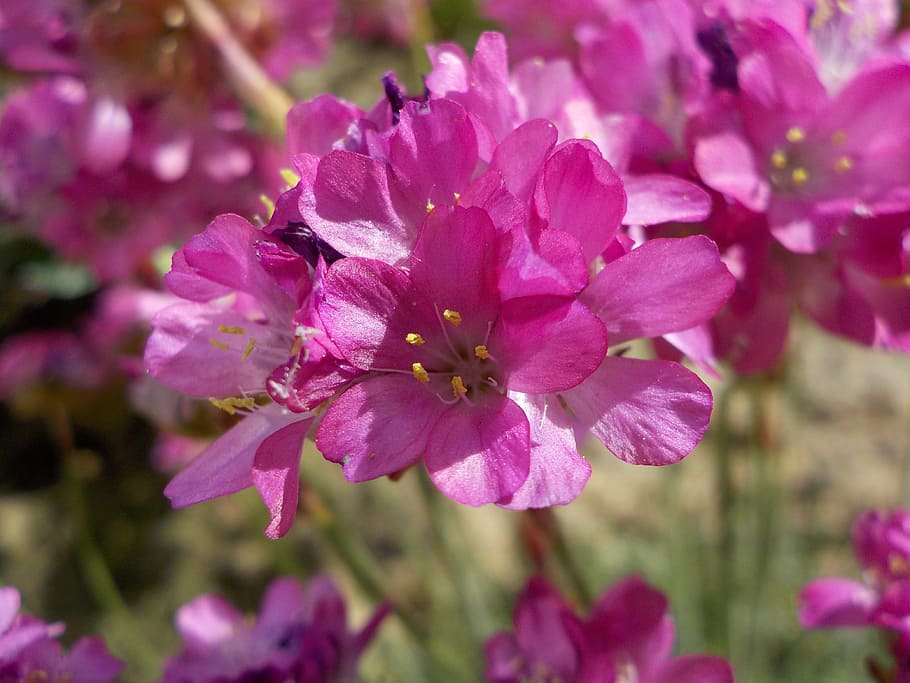
Armeria maritima ‘Splendens’, commonly referred to as sea thrift, thrives in rock gardens and garden borders. It produces pink pom-pom flowers.
Mid- to late-spring blooming is prolific, and occasional blossoming may occur all summer. They bloom between May and August and appear beautiful due to the striking pink hue of their petals, which contrast with the plant’s green leaves.
It can withstand salty air and is ideal for dry, unproductive alpine gardens close to the coast.
2. Aster Alpinus ‘pinkie’
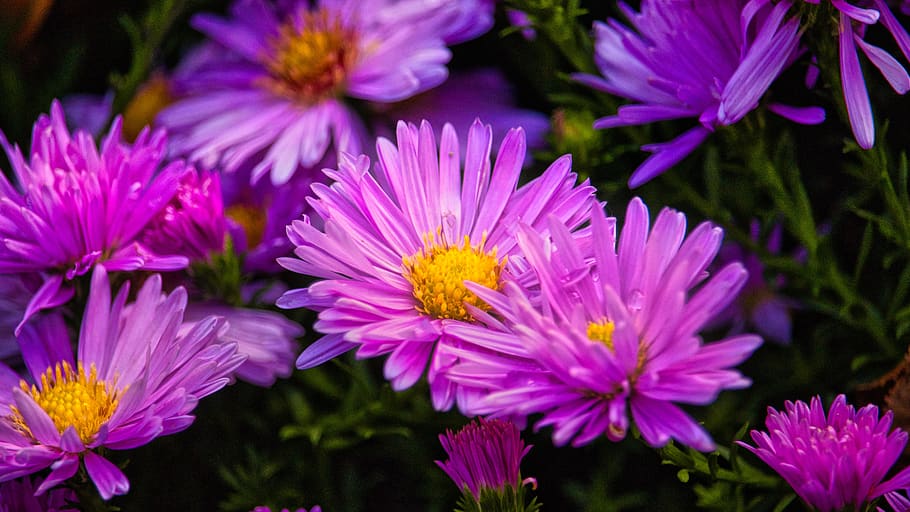
The plant Aster alpinus ‘Pinkie’ bears pink daisy-like blooms with a bright yellow core. For rock gardens and borders, it takes the shape of a low floor of colour.
The striking pink blooms appear from July to October. To exhibit a greater complexity in your garden, plant one Aster alpinus next to another that contrasts.
The lovely perennial is simple to grow and reaches maturity at 15 cm.
3. Phlox Subulata
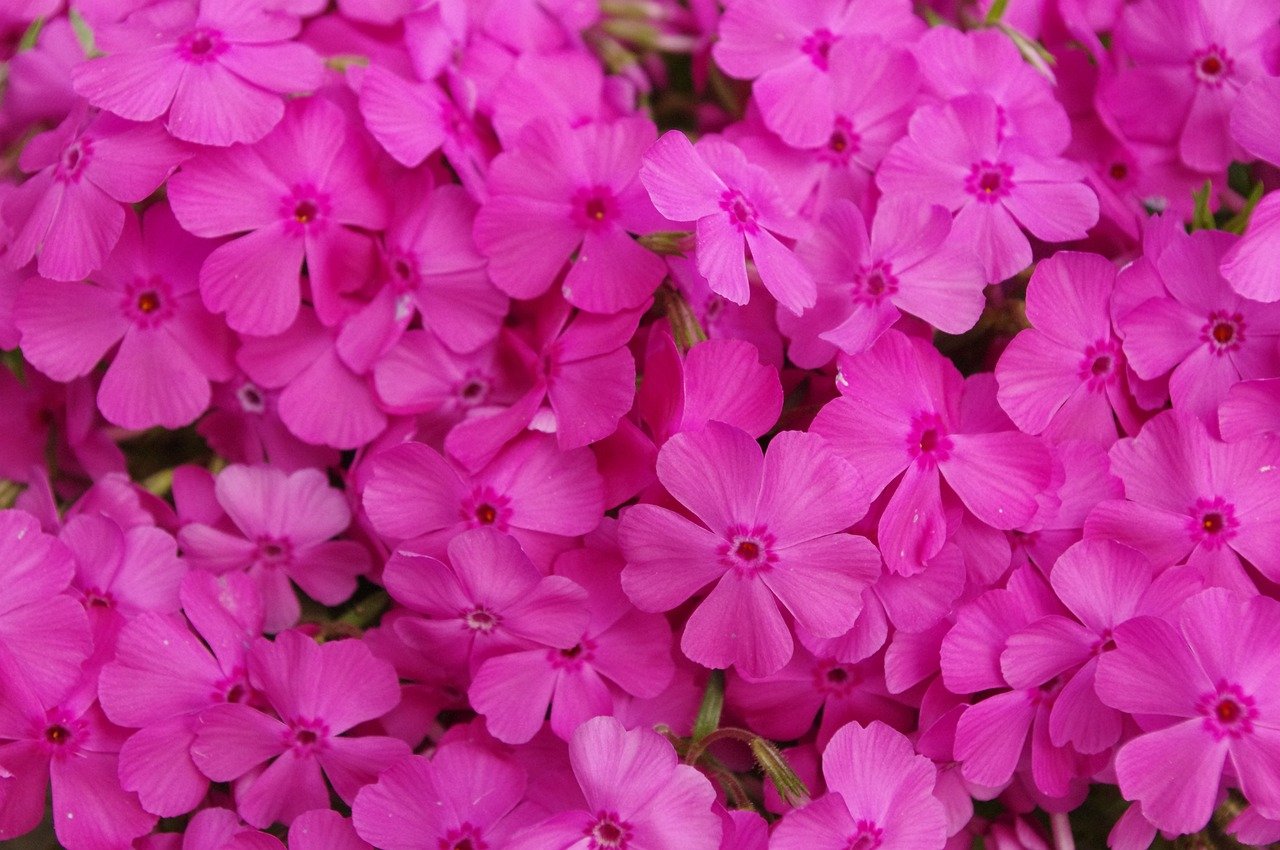
Phlox subulata, called creeping phlox, is an alpine flowering plant that adds beauty to your rock gardens and borders.
Between April and May, they will bloom. Bees and butterflies will be regular visitors to your garden. It yields plenty of star-like blooms in lavender, pink, purple, and white hues.
Phlox subulata flowers thrive in bright sunlight. In warmer climates, it grows extensively when it receives some shading during the hottest daylight times.
4. Campanula
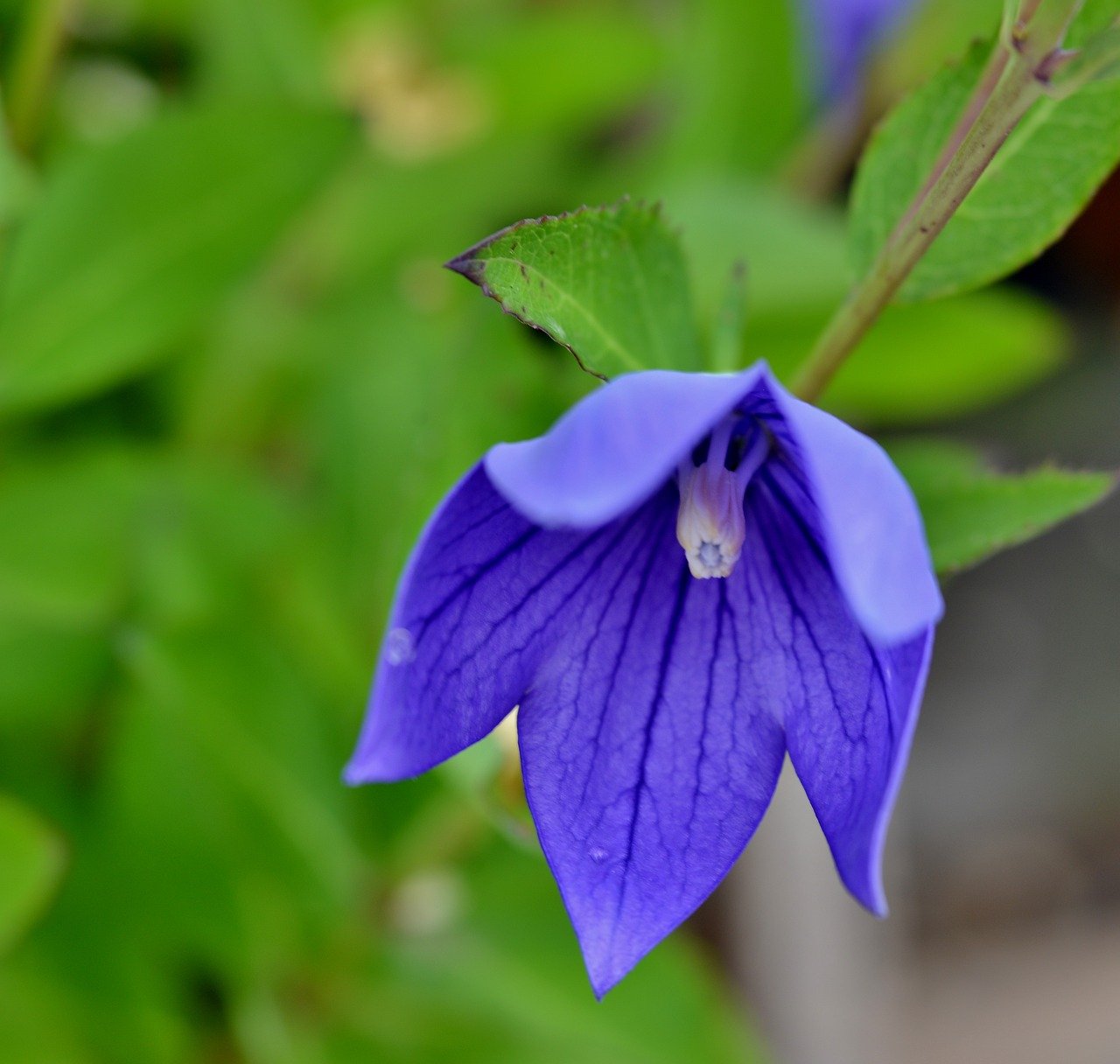
Resilient, tenacious, and persistent Campanula is an excellent choice for trough because it yields bell-shaped, navy blue or white flowers.
Campanula varieties are yearly, biennial, and evergreen types. They vary in height from 5 cm to more than 2 meters.
It is simple to grow in rock-landscaped areas and on walls as well. In the summer, a profusion of tiny purple bells covers the generous, thick layer of small ivy-like leaves of the plant.
5. Globularia
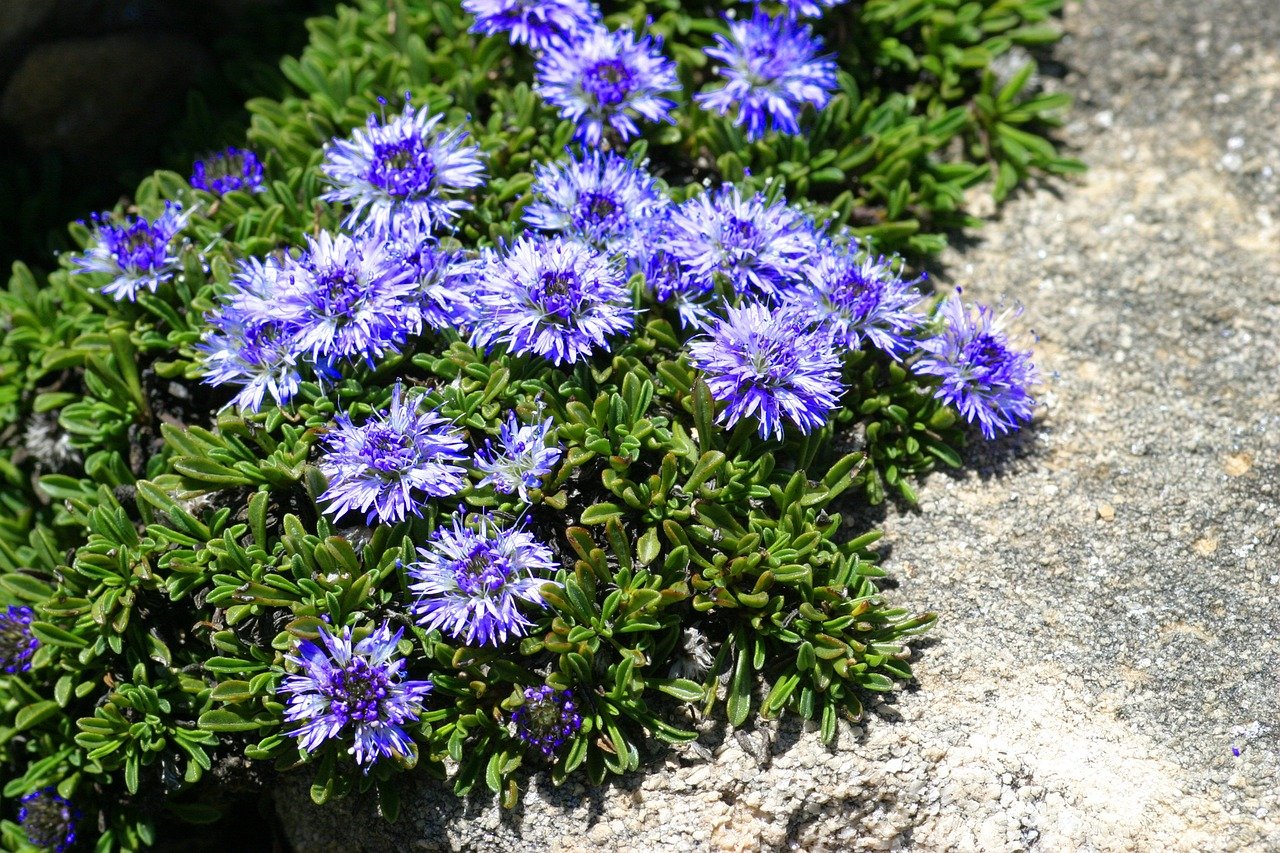
Another evergreen alpine plant, Globularia cordifolia, is a great option for your alpine garden.
The height of globularia plants varies from 10 to 60 cm. In the summer, it produces adorable, tiny, light-coloured purple or lavender blooms and ladle-shaped leaves that blanket the soil’s surface.
Like the other alpine vegetation mentioned above, these plants thrive in direct sunlight and need soil that drains freely.
A great choice for rockeries, alpine troughs, and your alpine garden.
Stage 4: Growing an Alpine Garden
Alpine gardening can be a fulfilling experience for you. Here are some suggestions for planting, caring for, and fertilising an alpine garden.
Plant the Alpines
- Alpines should be planted in a sunny, protected area with good drainage.
- After constructing a rockery, purchase all the alpines you desire and place them in their container in the designated areas.
- You can design a beautiful scene that looks as natural as possible.
- You can grow alpine flora from seed, which is much less expensive and can purchase online.
- Early spring is the ideal season for initiating your alpine garden planting procedure.
Fertilising Tips
Alpines don’t need a lot of fertiliser, to be honest. So applying a small amount of appropriate fertiliser in the spring usually suffices.
Avoid using fertilisers high in nitrogen because they can promote excessive growth and hinder flowering.
Watering Tips
Alpines need good drainage and dislike being sopped with water. Therefore, avoid overwatering them, especially in the winter.
Increase your watering frequency during the summer, but do not overdo it.
Stage 5: Weed management for the Alpine plants
An essential part of tending to an alpine garden is weed control. Before you plant, ensure the area is completely weeds-free because they can quickly smother small Alpine plants.
To keep your plants unobstructed by weeds, routine weeding is required. You can remove weeds with a hoe or with your hands but don’t damage the roots of the Alpine friends.
You may cover the top part of the soil or compost with a layer of gravel or grit to prevent weed seeds from sprouting and to keep slugs and snails away. However, it is critical to top off the gravel mulch to sustain its efficacy.
Additionally, using chemical sprays to manage weed infestations is a good option, but only in extreme cases and with caution. It’s crucial to carefully read the label’s warnings and avoid applying them on windy or rainy occasions.
Proper weed control enhances the beauty of Alpine Garden.
Stage 6: Mulch the Alpine plants
- Mulching accelerates draining and keeps plants’ collars dry.
- Spreading an even coating of 5–10 mm of gravel surrounding the plants’ base is another way to prevent collar mould, a problem that frequently affects plants in rockeries.
- Finally, adding mulch is a great idea because it can keep the soil less hot, stop clay and soil from splashing onto the greenery, and aid in weed control.
Stage 7: Pruning Technique for Alpine Garden
Do you want to ensure the beauty and healthful status of your alpine garden?
- Pruning works best once the plants cease blossoming.
- So at the outset of the spring, ahead of the coming of new leaves on the plant, your pruning task starts.
- If you want to modify the expanse and form of the plant, gently trim the stems over the second set of leaves.
- Keep sharp instruments to prevent plant damage. To preserve the plant’s health, get rid of all rotting or weakened wood as well.
Conclusion
Alpine gardens introduce the natural splendour of mountains into your backyard. You can make a beautiful alpine garden by following the tips in the blog post “How to Make an Alpine Garden: 8 Easy Stages.”
Remember, early spring planting, sparing watering, and light fertilisation are necessary to grow an alpine garden successfully. Also, choose a sunny, protected spot with good drainage. Alpine flowers offer a variety of vibrant hues, forms, and sizes. Weed management and timely pruning will add life to your Alpine Garden. With a bit of effort and time, you can create a stunning alpine garden.
So don your gardening gloves, gather your tools, and begin planning your alpine garden right away!


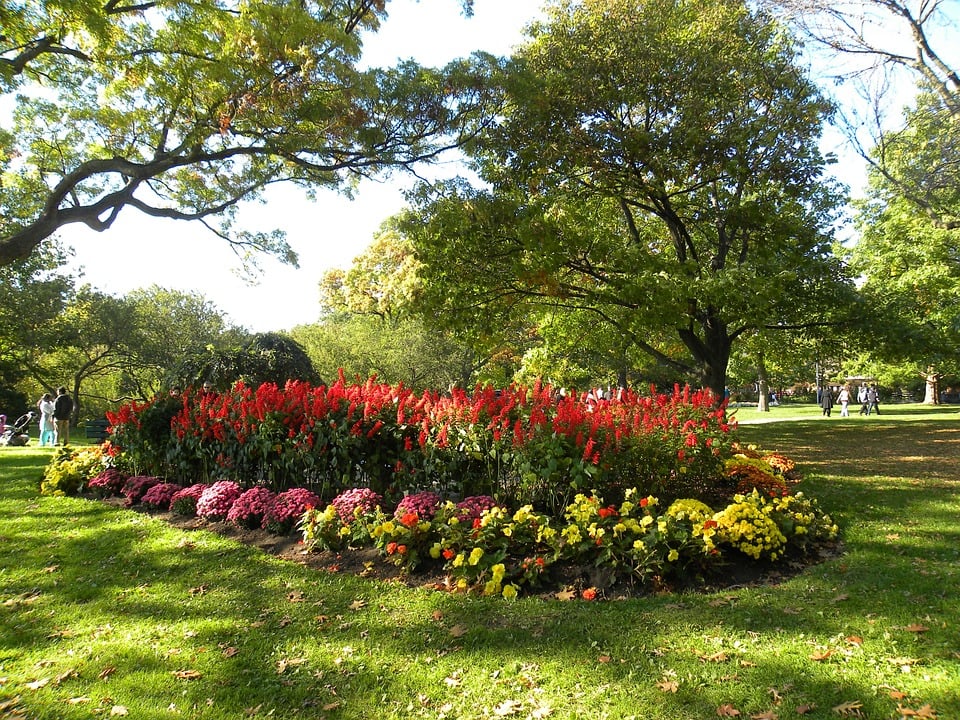
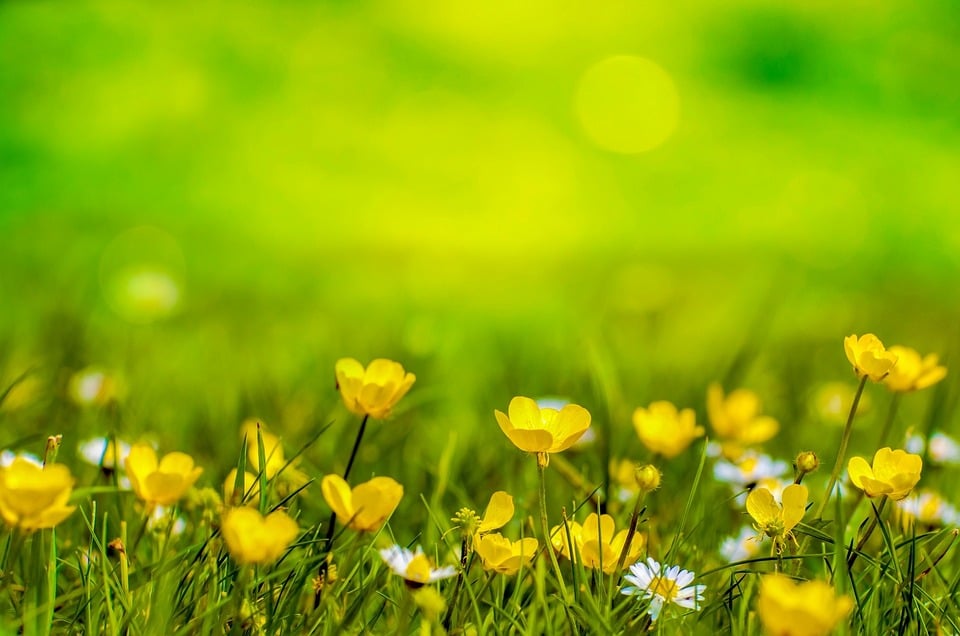
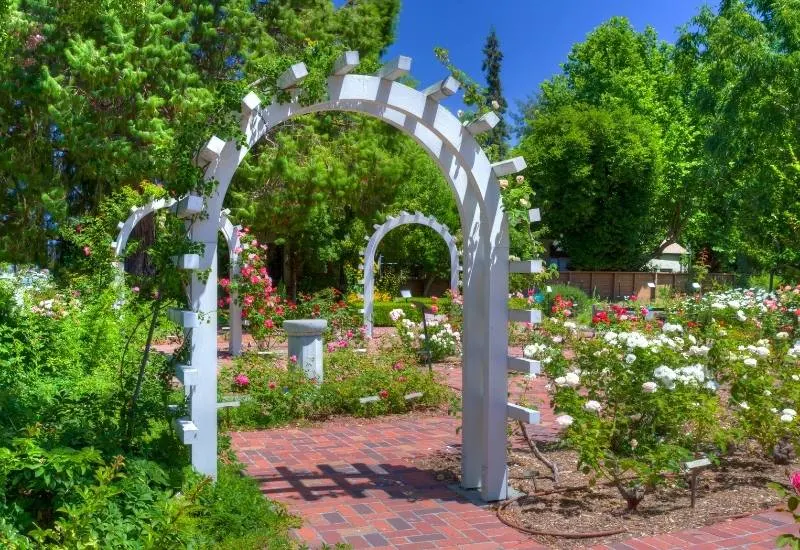
![20 Fast-Growing Hedge Varieties For Stylish Landscaping [UK]](https://staging.thearches.co.uk/wp-content/uploads/Fast-Growing-Hedges-For-The-Garden.jpg)
